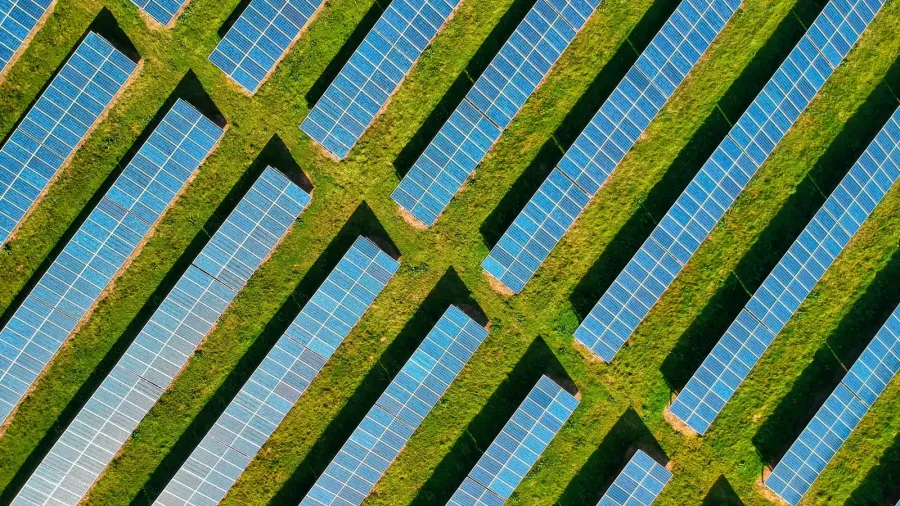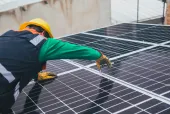
Five Asian countries amongst top 10 solar-powered economies
China topped the list with 307GW of solar capacity.
A total of five Asian countries are now in the top 10 solar-power economies, up from two in 2010 when the list was dominated by European countries, according to electricity think tank Ember.
China topped the list of countries with the largest solar capacity, with a total of 307 gigawatts (GW) of solar capacity, coming from tenth place in 2010.
Ember said China is set to double its rate of new solar development this year, targeting to install 108GW, citing state media.
“China’s solar capacity installed this year alone would equate to more than the total solar power capacity installed across the US, double that of Germany, and over five times the total installed solar power of Australia,” according to Ember.
Amongst the Asian countries, China is followed by Japan, which remained in fourth place with 74.19GW in 2021, increasing from 3.62GW in 2010. Solar now accounts for 10% of the country’s electricity production in 2021, from just 0.3% in the same period.
India ranked sixth in 2021 in terms of capacity, from 17th in 2010, followed by South Korea at ninth from 12th place. Vietnam, which saw a rapid solar expansion of 234% between 2019 and 2020, clinched the tenth spot, from 18th place in 2010.
Also included in the top 10 were the EU in second place, the US in third, Germany in fifth, and Italy in seventh place.
READ MORE: Asia to account for over 60% of global solar growth

Ember noted that within the region, China and India saw “incredible growth” in their solar industries, with China’s solar share increasing to 3.89% in 2021 from 0.02% in 2010. India, meanwhile, increase its share of solar to over 4% from 0.01%.
“If Asia’s rapidly developing economies are able to scale up their solar industries and collectively confront the challenges of the energy transition, they will be at the forefront of securing the jobs, industries and opportunities of a renewable future,” said Achmed Shahram Edianto, Asia Electric analyst at Ember.
Asian countries would need to target to have at least 40% of their electricity grid powered by wind and solar by 2030 to keep climate change below 1.5 degrees of warming, Ember said, citing the Intergovernmental Panel on Climate Change and the International Energy Agency.
This would entail a tailored national policy innovation and investment, as well as a collective “economic and technological cooperation on a grand scale.”













 Advertise
Advertise











